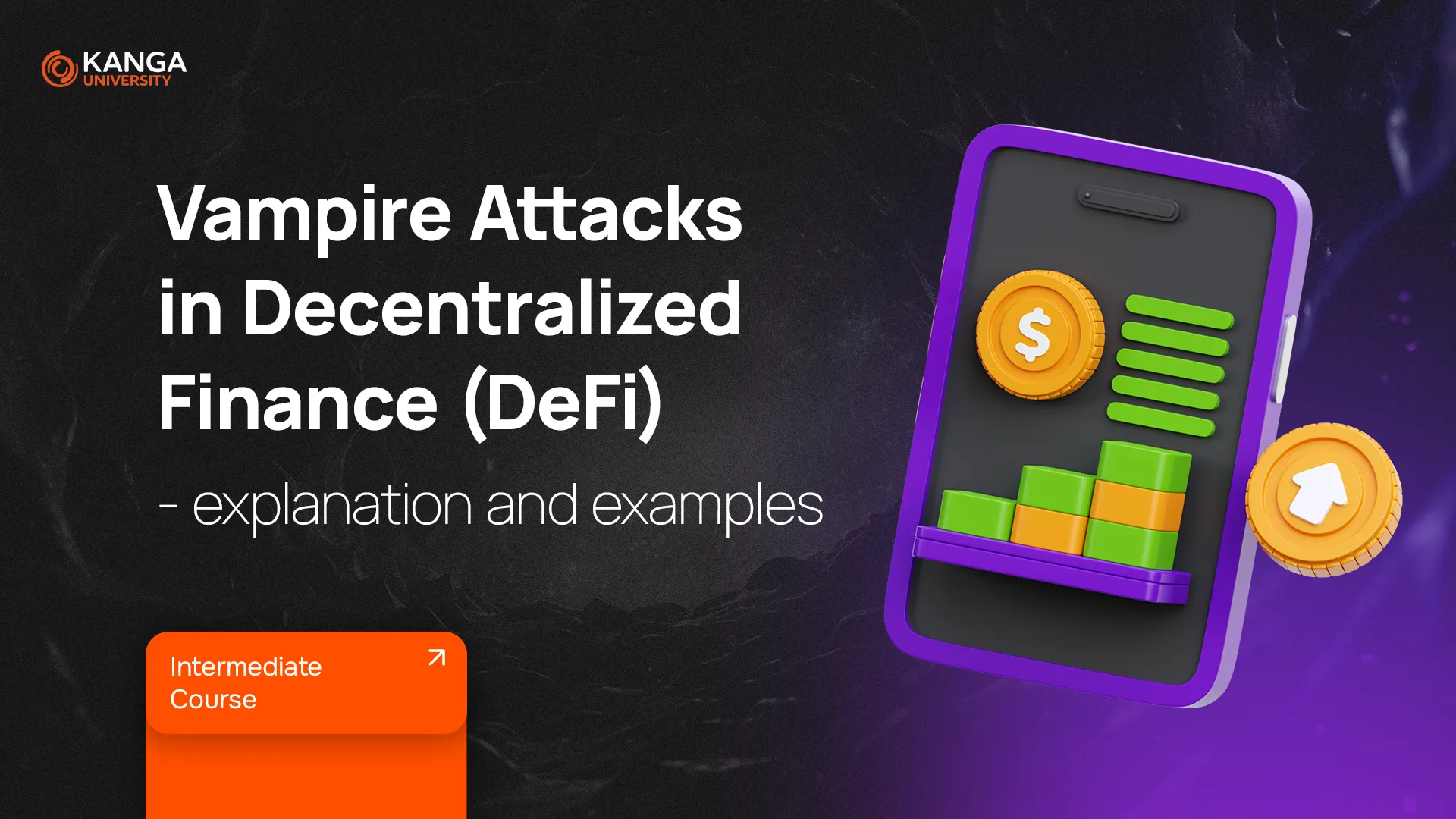
Despite the spooky name, there’s no blood involved. In crypto, a Vampire Attack isn’t about monsters—it’s a strategic (and controversial) move used by new DeFi projects to lure users, liquidity, and attention away from their competitors.
It’s fast, aggressive, and often effective. But is it ethical? That’s still up for debate.
What Is a Vampire Attack in Crypto?
A Vampire Attack happens when a new DeFi protocol—often a fork (copy) of an existing one—launches with one goal: to attract users and liquidity away from a competing project.
How? By offering:
-
Higher rewards
-
Lower fees
-
Free token airdrops
-
And an overall more tempting deal
The new platform drains liquidity from the original, potentially weakening or even killing it in the process. It’s aggressive, but in the fast-moving world of DeFi, it’s a known growth strategy.
How Does a Vampire Attack Work?
-
Fork the original project: Create a nearly identical version of an existing protocol.
-
Offer better incentives: Free tokens, lower trading fees, and more attractive yields.
-
Encourage migration: Users are invited to transfer their liquidity (LP tokens) from the original platform to the new one.
-
Build quickly: Add new features and liquidity pools to keep users engaged.
-
Capture the narrative: Promote the new project as faster, cheaper, and more rewarding.
This drains the original protocol of users and capital—hence the term “vampire.”
The First Famous Vampire Attack: SushiSwap vs. Uniswap
In August 2020, at the height of the DeFi boom, a new protocol called SushiSwap launched as a fork of Uniswap.
The strategy:
-
Users could deposit their Uniswap LP tokens into SushiSwap.
-
In return, they earned the SUSHI governance token.
-
After two weeks, SushiSwap launched its own contracts and automatically migrated over $1 billion in liquidity from Uniswap.
Uniswap lost a huge portion of its Total Value Locked (TVL), while SushiSwap’s value skyrocketed. Uniswap later responded with an airdrop of its own token, UNI, to win back users. Both projects survived, but SushiSwap’s move reshaped DeFi forever.
More Recent Examples (2023–2024)
-
Blur vs. OpenSea (NFT sector): Blur offered free airdrops and lower fees, briefly overtaking OpenSea in trading volume.
-
PivX vs. Dash: PivX forked Dash and introduced modified features to compete, draining attention and users from the original.
These attacks aren’t just part of history—they’re still happening, just in more complex forms.
Who’s at Risk of a Vampire Attack?
Any DeFi project that relies on:
-
High liquidity
-
An open user base
-
Outdated technology
-
Higher fees than competitors
Projects that fail to innovate or reward their users fairly are easy targets.
How Can Protocols Defend Themselves?
DeFi platforms are developing tools to resist these attacks. Some of the most common strategies include:
-
Lock-in periods: Users must keep their liquidity in the platform for a certain time before withdrawing.
-
LP withdrawal limits: Prevents sudden outflows that can crash liquidity.
-
Loyalty rewards: Long-term users get higher rewards to discourage jumping to competitors.
-
Vesting: Rewards are distributed over time to ensure users stick around.
Together, these make it harder for new projects to steal users with short-term bribes.
Are Vampire Attacks Always Bad?
Not necessarily. Some argue they drive innovation, force stagnating projects to improve, and expose weak business models.
But in many cases, Vampire Attacks are just opportunistic copy-paste projects with no real value—using aggressive tactics to siphon liquidity without adding anything new.
That’s why today’s attacks are more sophisticated. Instead of offering just one incentive, attackers create full ecosystems aimed at retaining users long-term.
Summary
Vampire Attacks may sound dramatic, but they’re a real part of DeFi’s evolution. They raise questions about ethics, competition, and innovation—but also reveal which projects are strong enough to survive.
In a decentralized, fast-paced world, it’s not just about launching something new. It’s about building trust, delivering real value, and keeping your community loyal—despite the temptations next door.